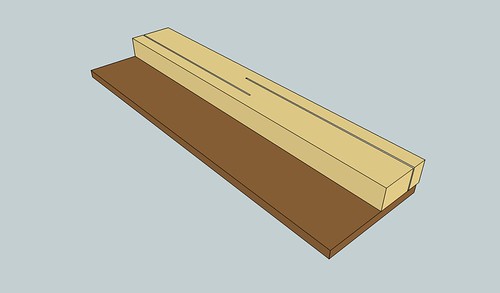RussianRouter
Established Member
Just waiting for the plate to be fitted and then I'll tackle the guide fence.
This is the workpiece clamp in place...
 [/img]
[/img]
This is the workpiece clamp in place...



aesmith":twiiov48 said:What are you using for the table top? Is that a few layers of MDF glued together, or something more high-tech?
Chems":nbkxbes1 said:When you say workpiece clamp, do you mean your going to trap the work between that and the fence?
Chems":193jpx9e said:To mirror your abruptness, as you won't find anything on the market similar that should tell you its a bad idea. And for someone who claims to be a router expert you should know that you shouldn't directly trap against the cutter in table mode. But I don't care, their your eyes and hands.
MickCheese":39wk6uul said:Just a reminder how powerful a 2000w router is!
barkwindjammer":1c3r21ix said:Yes, do a quick sketch


Enter your email address to join: